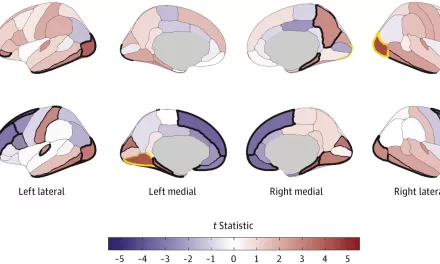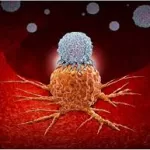Imagine receiving a call from your doctor about your genetic test results. They inform you that you have a high likelihood of developing Alzheimer’s disease. However, thanks to early detection, a personalized treatment plan tailored to your genetic makeup can begin immediately.
While this scenario may sound like science fiction, researchers believe that such a future is within reach. The study of epistasis—the interaction between genes that influences physical traits—may hold the key to unlocking new possibilities in medicine.
Understanding Epistasis and Its Role in Disease
Epistasis is a phenomenon where the effect of one gene is modified or suppressed by another. These interactions could help explain why certain diseases appear randomly or unpredictably in individuals with similar genetic backgrounds.
Researchers at the Australian e-Health Research Center (AEHRC) are working to deepen our understanding of epistasis and its role in complex diseases such as Alzheimer’s, cardiovascular disease, diabetes, and cancer. By studying these gene interactions, scientists hope to pave the way for more effective and personalized treatments.
Gene Expression and Inheritance
Genes act as the blueprints for all living organisms, carrying DNA instructions that determine how a body grows and functions. Humans have approximately 20,000 genes, each contributing to biological traits such as eye color and blood type. These traits are determined by variations of genes called alleles, inherited from both parents.
While some genetic interactions are well understood—such as dominant and recessive traits—epistatic interactions remain a challenge to unravel. Unlike traditional gene interactions, epistasis involves genes that can modify or completely suppress the effects of others, leading to unexpected outcomes.
The Mystery of Missing Heritability
One of the biggest challenges in genetics is the missing heritability problem. Scientists have long struggled to explain why some individuals with genetic markers for a disease develop it while others do not. Genome-wide association studies (GWAS) and twin studies have provided insights but have yet to fully resolve this mystery. Epistatic interactions may provide the missing link in understanding how multiple genes work together to influence disease susceptibility.
The Role of Technology in Epistasis Research
Advancements in artificial intelligence (AI) and machine learning (ML) are helping researchers detect and analyze epistatic interactions at an unprecedented scale. The Genome Insights team has developed tools such as BitEpi and VariantSpark, which allow scientists to process vast amounts of genomic data and identify gene interactions associated with diseases like Alzheimer’s.
These breakthroughs are fostering global collaboration among geneticists and increasing the potential for precision medicine—highly individualized treatment plans based on a patient’s unique genetic profile. Identifying epistatic interactions could lead to earlier disease detection and targeted therapies, significantly improving patient outcomes.
A Future of Personalized Medicine
Although researchers still face challenges in mapping epistatic interactions due to the sheer number of genetic combinations, technological advancements are making progress possible. As AI-driven analysis continues to evolve, the potential for epistasis research to transform disease prediction, prevention, and treatment becomes increasingly promising.
Disclaimer
This article is intended for informational purposes only and should not be considered medical advice. While genetic research is advancing rapidly, diagnosis and treatment should always be conducted by qualified healthcare professionals. If you have concerns about genetic conditions or personalized medicine, consult a medical expert for guidance.












